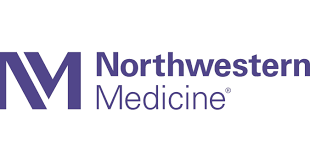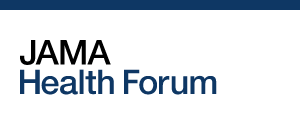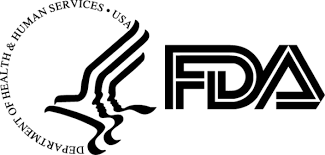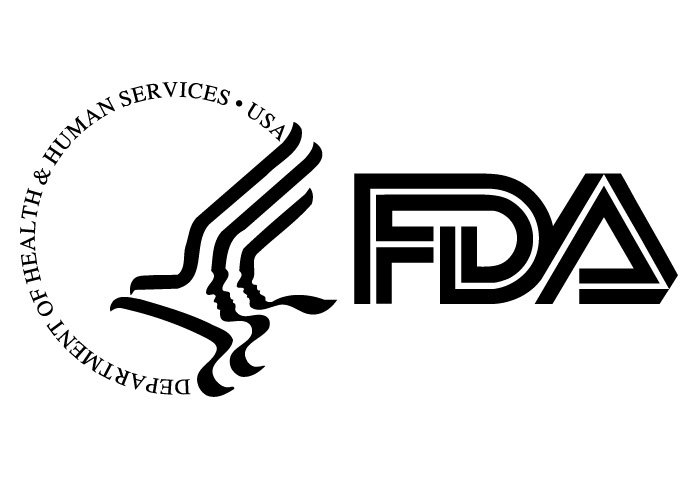Hospital CEO departures surge, boards turn to interim leadership

Editor's Note Hospital CEO turnover climbed 3% in the first half of 2025, with organizations shifting toward interim appointments as financial and regulatory pressures intensify leadership changes, according to an August 5 article in HealthLeaders. Citing data from Challenger, Gray & Christmas, the outlet reports that hospitals recorded 68 CEO…
Soap recalled due to to bacterial contamination

Editor's Note DermaRite Industries has voluntarily recalled multiple lots of healthcare products nationwide due to contamination with Burkholderia cepacia, a bacterium that poses serious infection risks to immunocompromised individuals, according to an August 10 article in Newsweek. The recall affects four product lines commonly used in healthcare settings for handwashing…
Wisconsin expands nursing practice authority

Editor's Note Wisconsin nurses—including Certified Registered Nurse Anesthetists (CRNAs)—gain more autonomy under legislation signed August 8 by Governor Tony Evers, according to an August 8 report in the Milwaukee Journal Sentinel. Under the new legislation, nurse practitioners, clinical nurse specialists, CNRAs and certified nurse-midwives who meet certain qualifications may obtain…
Wearable tech predicts postoperative complications in pediatric patients

Editor's Note Consumer wearables can help detect surgical complications in children days before formal diagnosis, according to a July 9 article from the Feinberg School of Medicine at Northwestern Medicine. The article focuses on a study published in Science Advances and led by researchers at Northwestern University, Shirley Ryan AbilityLab,…
Report: Sicker surgical patients fared better post-pandemic

Editor's Note Hospitals achieved a substantial reduction in mortality risk for surgical inpatients between 2019 and 2024, even as patients grew sicker and stayed longer, according to a report released August 5 by the American Hospital Association (AHA) and Vizient. In the first quarter of 2024, hospitalized surgical patients were…
Study: Medicare Advantage surgical episodes cost less, achieve similar quality as traditional Medicare

Editor's Note Medicare Advantage (MA) patients undergoing elective surgery incurred lower costs than comparable patients in traditional Medicare (TM) without higher readmission rates and with no significant difference in mortality rates, according to a study published August 1 in JAMA Health Forum. The findings suggest that MA plans reduce surgical…
FDA orders opioid label changes to highlight long-term risks

Editor's Note The US Food and Drug Administration (FDA) is requiring safety labeling changes for all opioid pain medications to better emphasize and explain the risks associated with long-term use, according to a July 31 announcement. These changes follow a May advisory committee meeting where the agency reviewed data on…
Understanding nurse responsibilities in managing postoperative agitation, delirium
Editor's Note A recent article in AORN Journal underscores the need for vigilance and thorough documentation to manage postoperative mental status changes and prevent harm to both patients and staff. As detailed in the article, cognitive disturbances such as delirium and agitation can complicate recovery after surgery. Delirium is characterized…
FDA safety alerts flag cardiac devices

Editor's Note The US Food and Drug Administration (FDA) issued early alerts August 6 for three medical devices due to safety concerns: Medline ReNewal’s reprocessed St. Jude Medical electrophysiology catheters, Boston Scientific’s ENDOTAK RELIANCE defibrillation leads with ePTFE-coated coils, and Boston Scientific's WATCHMAN Access Systems. The Medline alert involves specific lots…
How ASCs ace the AAAHC accreditation survey

For an ambulatory surgery center (ASC), earning accreditation can be more than a mark of excellence. The Accreditation Association for Ambulatory Health Care (AAAHC) offers Medicare Deemed Status Accreditation, eliminating the need for separate surveys to certify compliance with the Conditions of Participation (CoPs) required by the Centers for Medicare…

 Free Daily News
Free Daily News